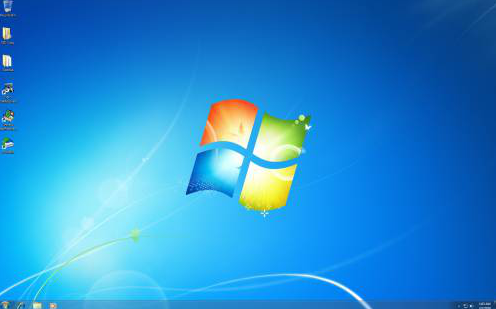Too TRIM? When SSD Data Recovery is Impossible
- Home
- Support
- Tips Data Backup
- Too TRIM? When SSD Data Recovery is Impossible
Summary
Solid-state drives (SSDs) offer significant speed and performance improvements over traditional hard drives, but they pose challenges for data recovery, particularly due to the TRIM command. TRIM helps manage data storage by informing the SSD which data blocks can be erased, ensuring efficient space management. However, once a file is deleted on a TRIM-enabled SSD, the data becomes irretrievable, highlighting a major drawback in data recovery. The article explores the function of TRIM, its advantages, and its negative impact on recovering deleted data.
Delete, Format, or Discard. TRIM purges both the data and its link, leaving the block ready for use.

Quick Backup files at up to 3,000MB/min.
Fullfill different backup needs Supports system backup, disk / partition backup, file backup and disk clone.
Intelligent Automatically analyze the differences between source and backup data.
Convenient Support VSS, allowing to freely view webpages when backing up system.
Highly compatible Supports various files and storage devices.
Quick Backup files at up to 3,000MB/min.
Fullfill different backup needs Backup for disk, partition and system. Save disk space by backing up incremental /differential data.
Highly compatible Supports various files and storage devices.
Relate Links :
How to Clone HDD to SSD in Windows 10/11 Without Reinstalling
01-06-2024
John Weaver : Discover how to effortlessly clone your HDD to an SSD in Windows 10/11 without the hassle of reinstalling...
Upgrading to SSD: Migrating Windows 10 for Better Performance
30-11-2023
Ashley S. Miller : Experience better performance and faster boot times by migrating your Windows 10 to an SSD. Learn how to...
How to transfer Hard Drive to SSD for Windows and MacOS
28-11-2023
John Weaver : Upgrade your computer's performance by transitioning from Mechanical HDD to SSD. This article will guide you through the...
Upgrade Your System: How to Clone OS from HDD to SSD for Windows
23-11-2023
Jennifer Thatcher : Upgrade to a faster system by easily cloning your OS from HDD to SSD on Windows 11/10 with...




